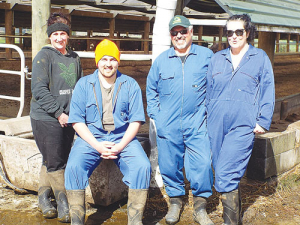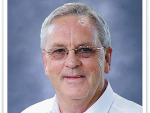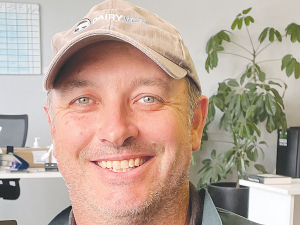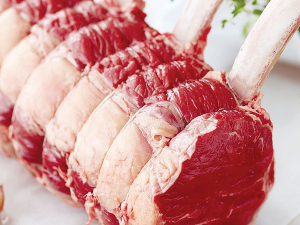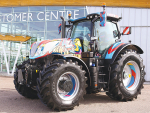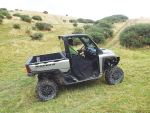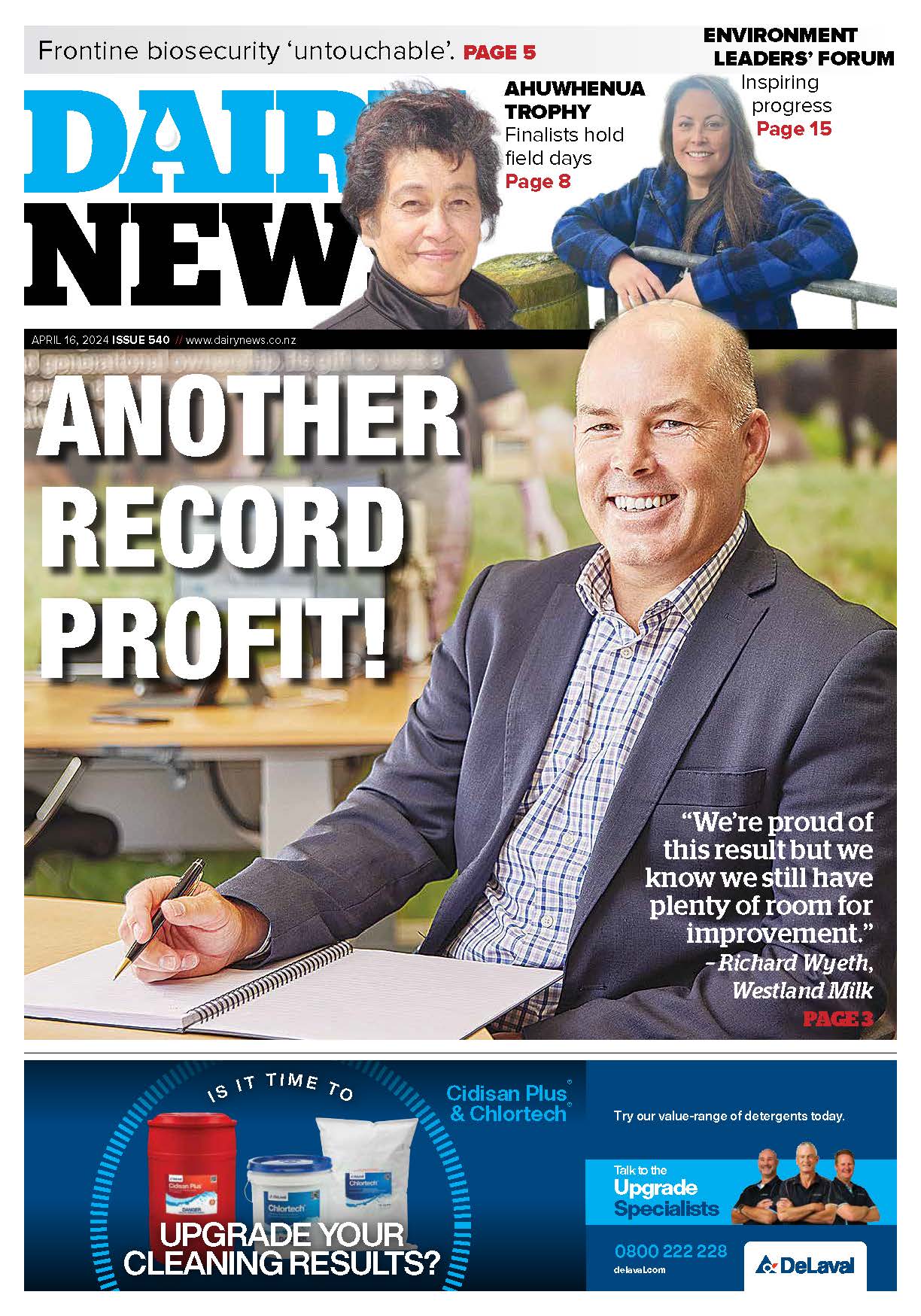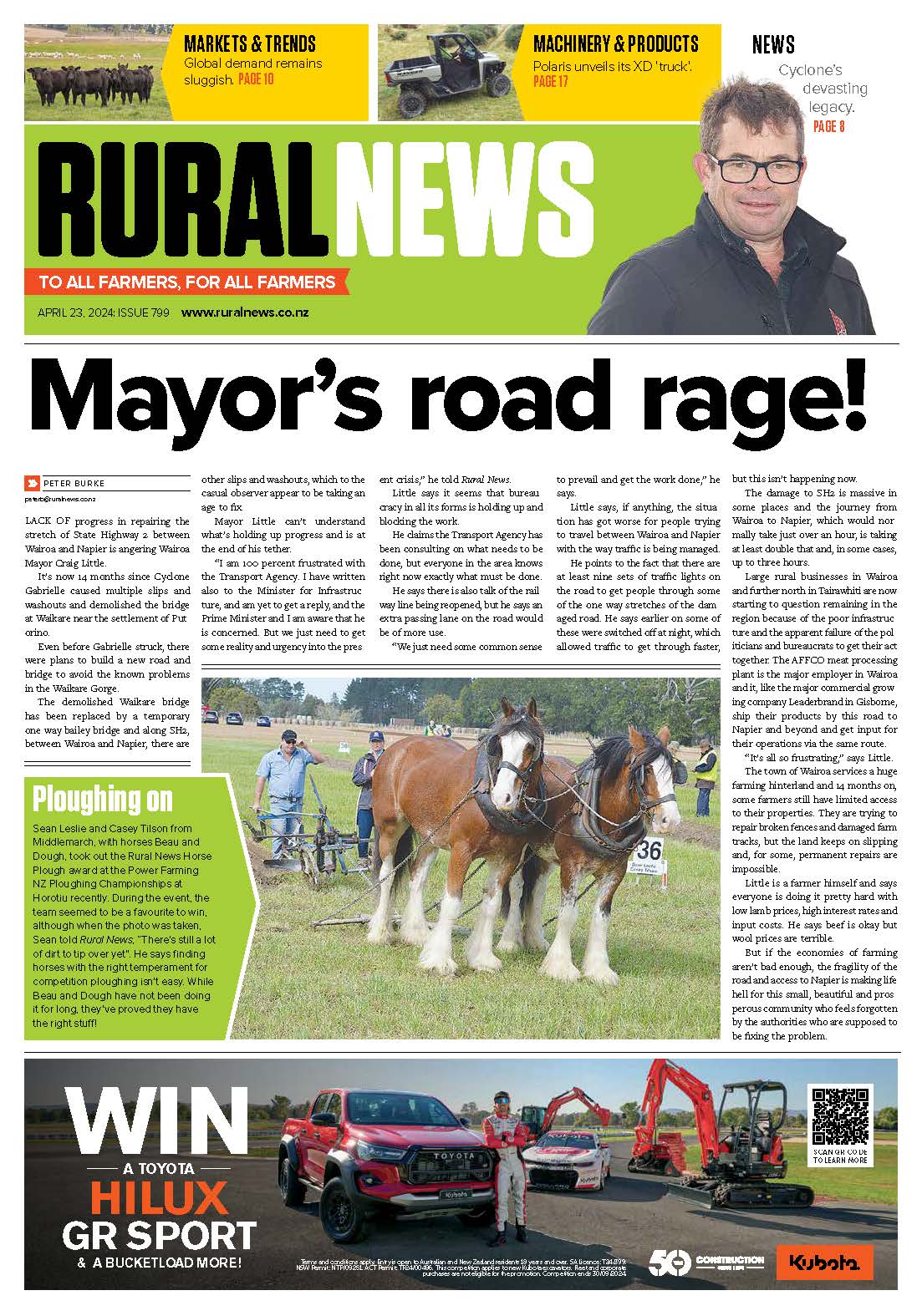A grass regime had served them well for many years: the Irwins achieved annual production typically of 85,000kgMS, rising to 110,000kgMS with careful use of PKE.
But wanting more production, and wanting to keep the cows in tip-top condition, the family in 2014 embarked on a major change in the way they worked, in part prompted by pressure on pastures in wet seasons and the layout of the farm that saw cows having to walk 1.8km to the furthest paddocks.
They decided to build two herd homes for 320 cows – 53 x 12m, each with slatted floors and underground tanks to hold effluent, a central feed area with troughs and a move to TMR feeding. The all-up cost was about $1 million.
It looks to have been a shrewd move: 2016-17 production was 175,000kgMS and the current season target is 185,000kgMS.
Says Irwin, “If we had stayed with a grass-based system, we would have needed more land for more cows to hit the numbers. [Buying] 66ha of adjoining land would have given our bank manager a $6m headache.”
The Irwins’ ‘relaxed system’ allows the use of the herd home to keep cows off the ground in poor conditions and out of the weather during storms -- regular occurrences in Waikato in the last few months, with rain gauges hitting a 40-year high.
The change in the system allows effective use of the effluent on maize and grass ground. Fertiliser use is down by 70%, with only 15 tonnes of urea used on the farm in 2016. Nitrate leaching during that time was down 35%.
Total mixed rations (TMR) provide the cows with 11kgDM/day, prepared in a Keenan MechFibre 360 machine with horizontal mixing and the company’s latest Pace technology.
Irwin chose Keenan in the belief that it sets the benchmark for this type of machine, and the company can show 30 years of quantifiable data. The national distributor, based in Morrinsville, offers 24/7 service.
Using a range of contracted ingredients, the machine blends maize silage, straw, PKE, DDG, bread mix and water into a light consistent mix the cows are eager to eat.
Says Steve Irwin, “The inclusion of water improves palatability, allowing cows to take their fill in one attempt; and the machine’s ability to incorporate fine mineral powders, and to empty out completely, removes the need to spread in the paddock.”
Using the Pace system is also seen to offer benefits. It makes for easy ration formulation, with the help of Keenan nutritionist Seamus Callanan, with the order and weights of ingredients being displayed; rations can be tweaked as, say, grass supply increases or cow numbers change.
At the end of each day, an integral Sim card transmits machine data back to a central server, which overnight produces a report of the ration fed the previous day.
Irwin and Callanan both say too much tweaking is to be avoided, because trials show the rumen of the modern dairy cow can take 90 days to adapt to major changes in diet.
Has the changed to ‘relaxed dairying’ been worth it?
“We say relaxed, but attention to detail is paramount, in the ingredients and the amounts we feed the cows,” Geoff Irwin says. “Compared to the all-grass system we left behind, we now spend about $130k on bought-in feeds, but we have seen milksolids rise by around 90,000kg. You do the maths.”





